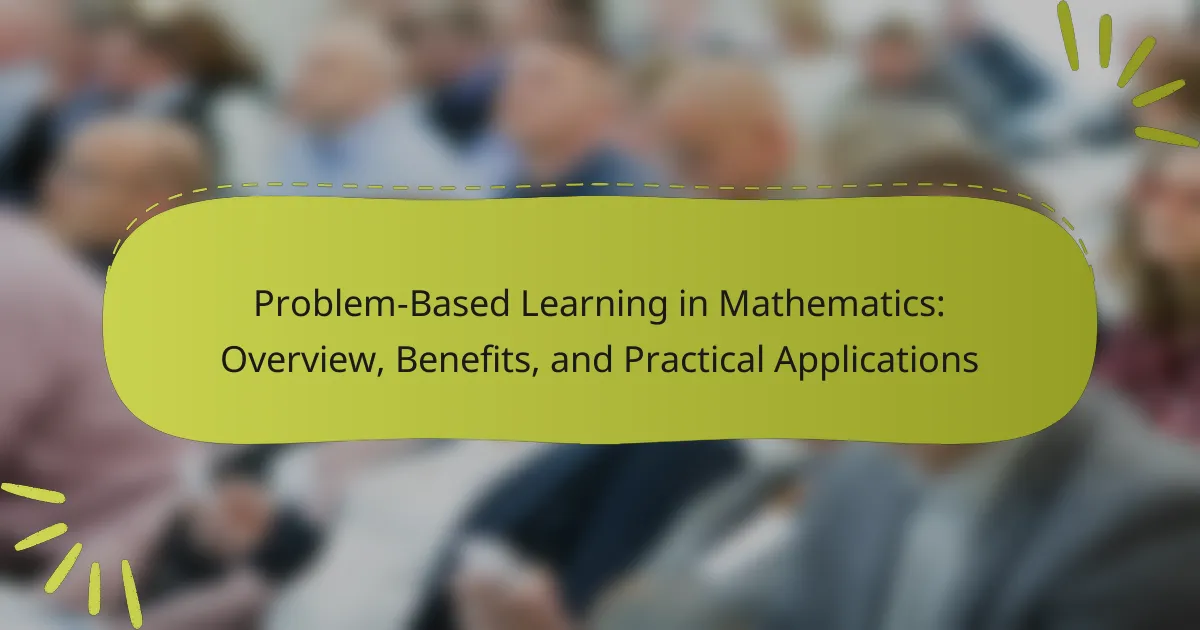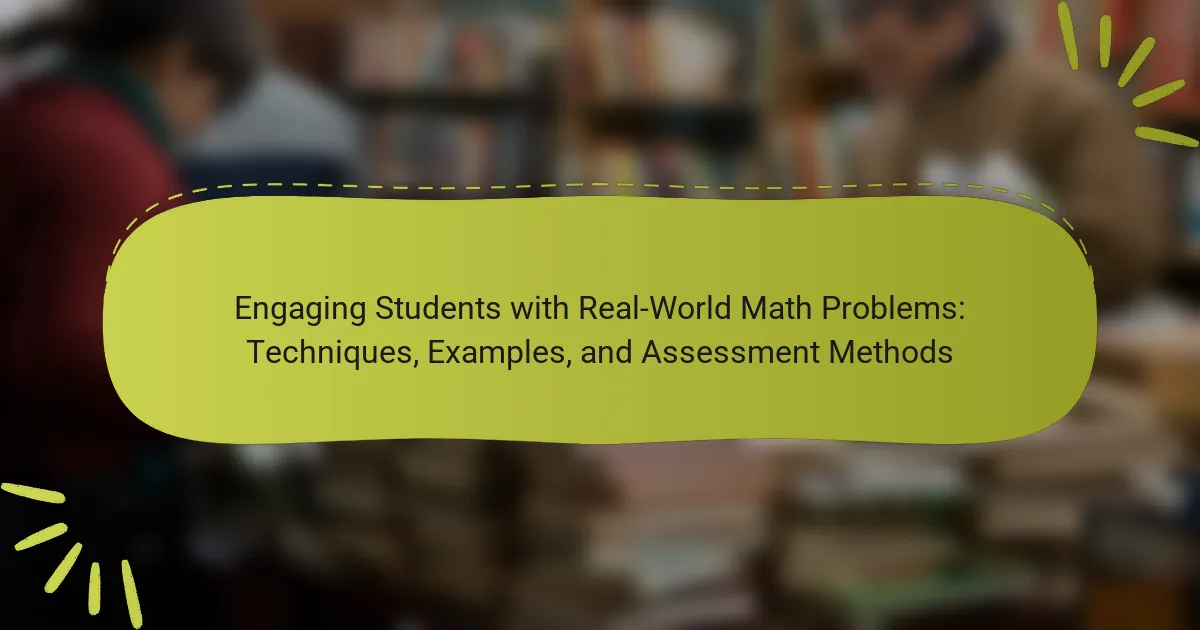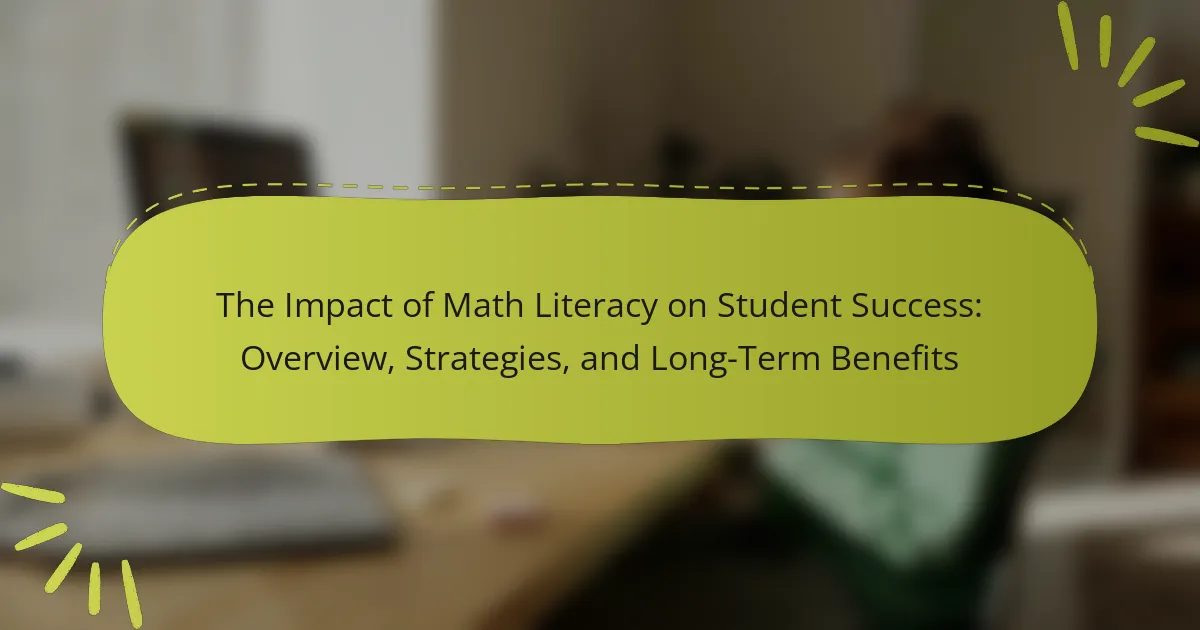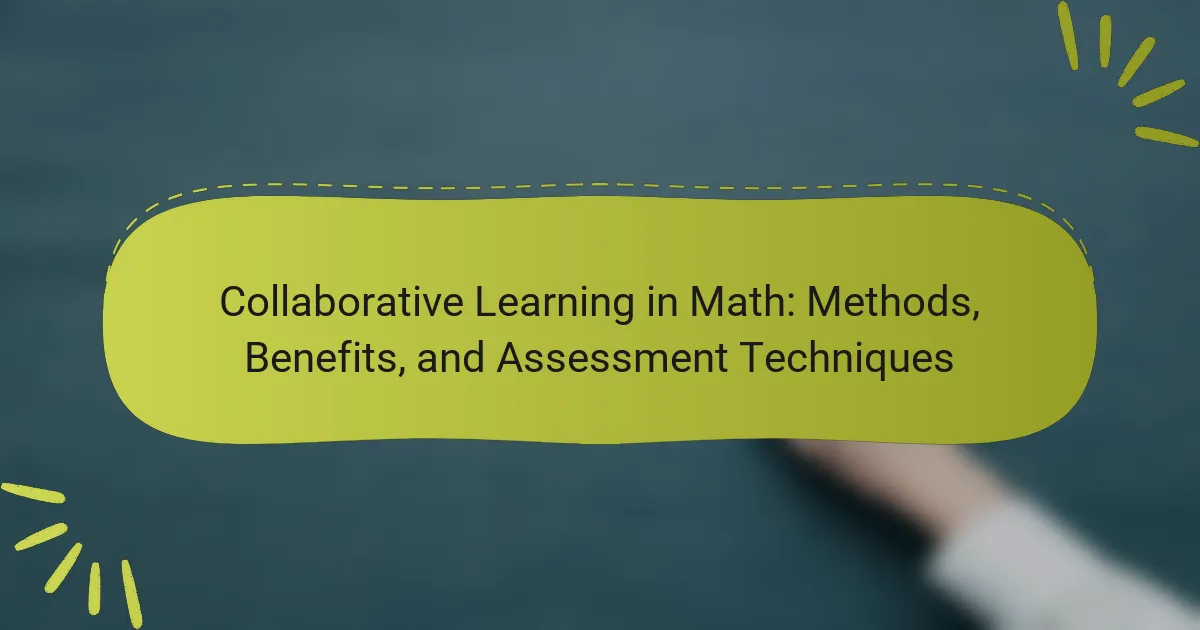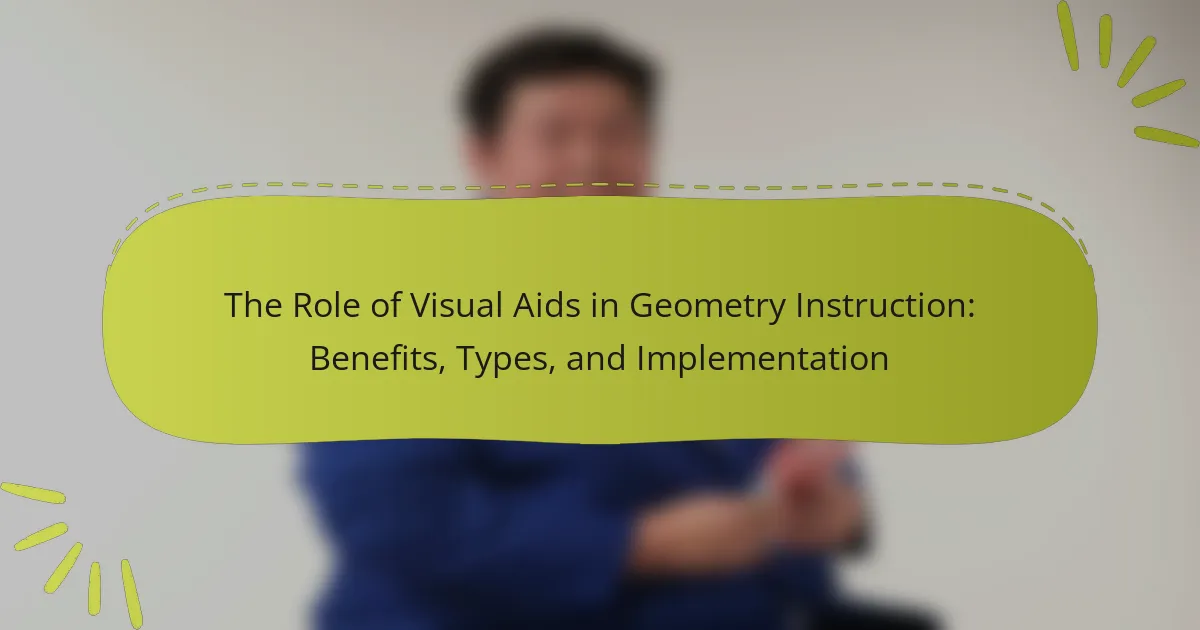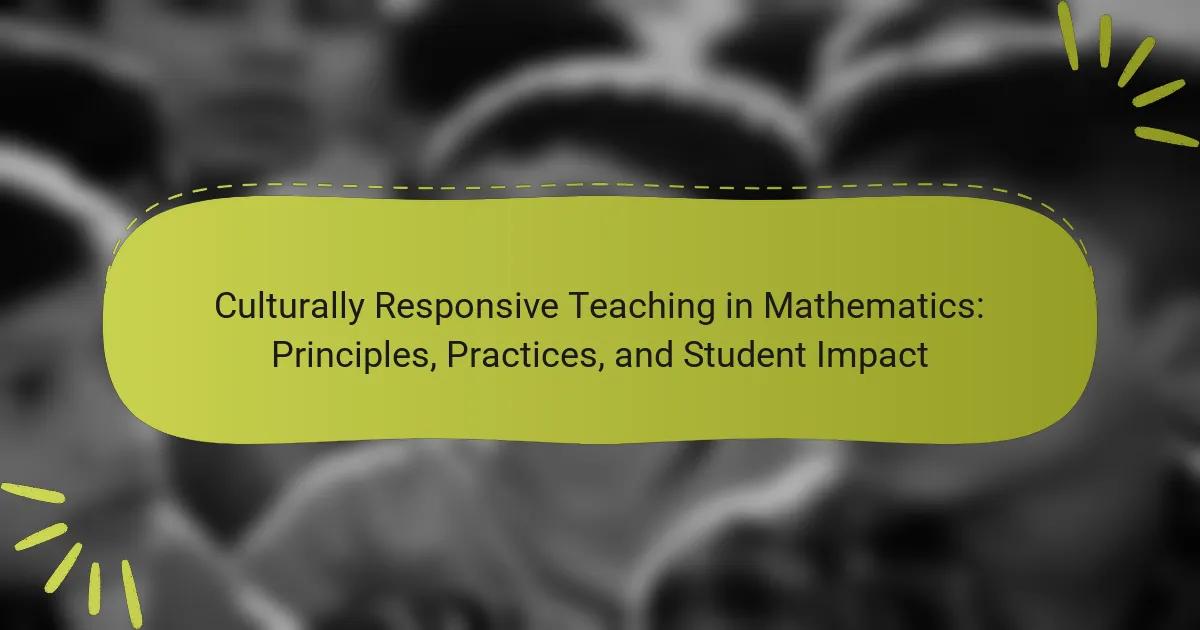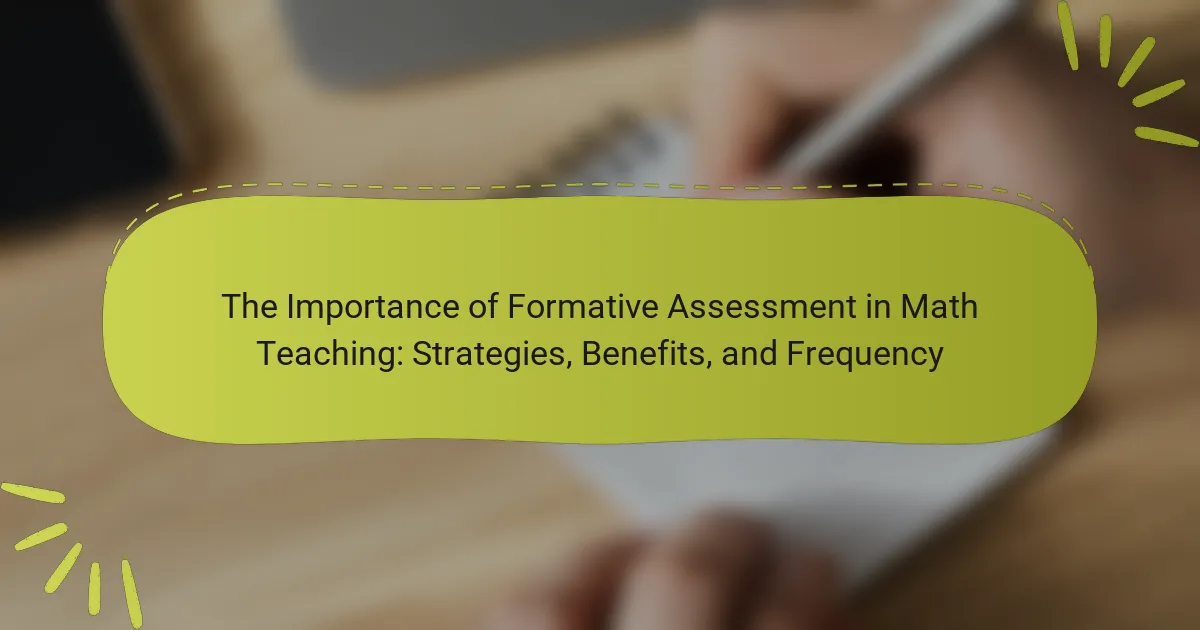
The Importance of Formative Assessment in Math Teaching: Strategies, Benefits, and Frequency
Formative assessment is a vital process in math teaching that provides continuous feedback to educators and learners, helping to identify understanding and misconceptions in real-time. This article explores the significance of formative assessment, highlighting its ability to enhance student learning outcomes through effective implementation and regular frequency, ideally every 2-3 weeks. Key strategies for successful…

